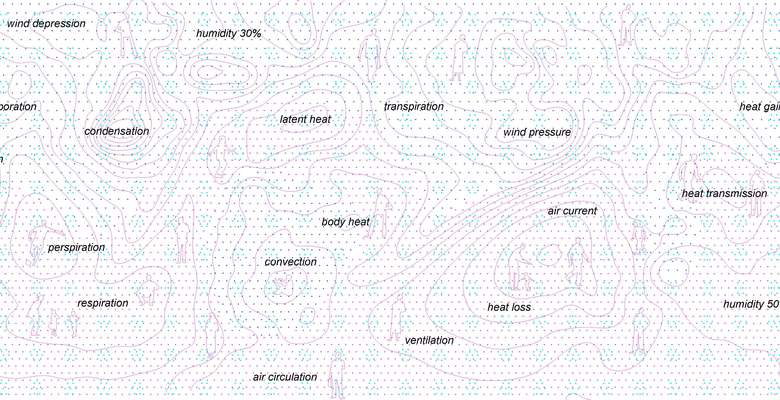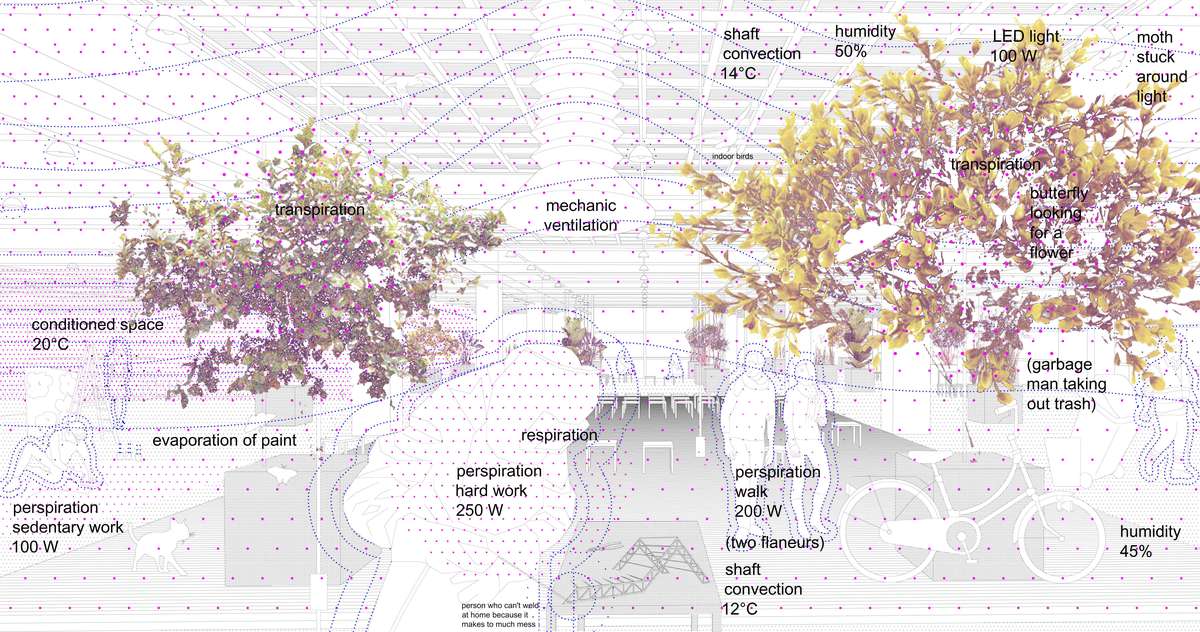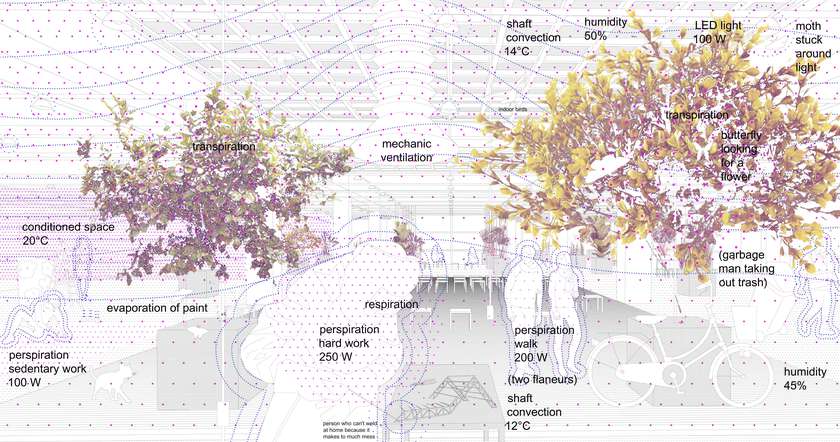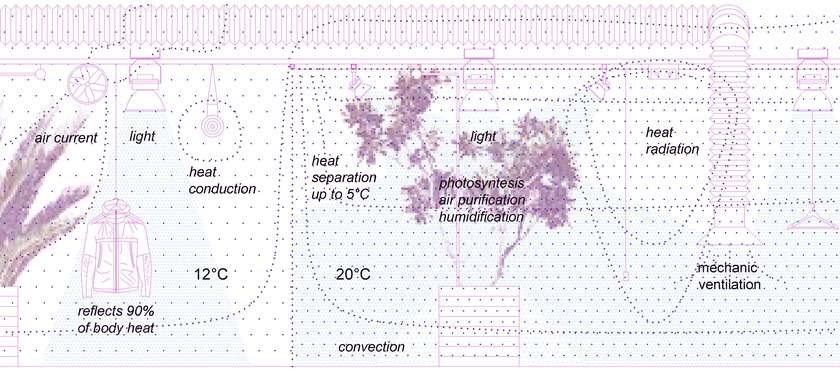Idea by
Mirna Udovčić
Call for ideas 2016
Climatic Architecture
Climatic Architecture

The invention of glass and its immaterial properties enabled the outside sensations like warmth and light to enter the building. Nowadays, the immaterial properties, along with the infrastructure, are fusing the outside and inside sensations. Since it has become possible to control spatial determinants, such as infrastructure, surveillance, information etc., the interior is achievable almost everywhere. It dilutes the urban structure and buildings themselves. The result is a change of the present ways of feeling and thinking about architectural space. Designing the sensations (such as temperature, humidity) can replace designing the material shapes of architecture. The sensations are the new program. There is a possibility for using insulating spaces rather than insulating materials. The border between the indoors and outdoors is softened. There is no exact place where the building actually begins and ends. Rooms can appear and disappear.

A room where human body performs physical activities requires lower temperature comparing to spaces where it rests. The temperature of a garden or furniture deposit does not need to equal the one of a living room. Heated spaces are dense and very carefully designed, unheated spaces are diluted as they do not bear the burden of rationality.

Temperature separations can be achieved by industrial wall curtains which form thermal islands and are easy to pass through. Curtains and jackets are infrastructure elements just like lamps or heaters. We usually think about clothes when we need to represent ourselves or when we go outside and need a jacket, but clothes can be used as a form of interior infrastructure. Just like in art nouveau, each room can have its own clothes.
Climatic Architecture
Climatic Architecture

The invention of glass and its immaterial properties enabled the outside sensations like warmth and light to enter the building. Nowadays, the immaterial properties, along with the infrastructure, are fusing the outside and inside sensations. Since it has become possible to control spatial determinants, such as infrastructure, surveillance, information etc., the interior is achievable almost everywhere. It dilutes the urban structure and buildings themselves. The result is a change of the present ways of feeling and thinking about architectural space. Designing the sensations (such as temperature, humidity) can replace designing the material shapes of architecture. The sensations are the new program. There is a possibility for using insulating spaces rather than insulating materials. The border between the indoors and outdoors is softened. There is no exact place where the building actually begins and ends. Rooms can appear and disappear.

A room where human body performs physical activities requires lower temperature comparing to spaces where it rests. The temperature of a garden or furniture deposit does not need to equal the one of a living room. Heated spaces are dense and very carefully designed, unheated spaces are diluted as they do not bear the burden of rationality.

Temperature separations can be achieved by industrial wall curtains which form thermal islands and are easy to pass through. Curtains and jackets are infrastructure elements just like lamps or heaters. We usually think about clothes when we need to represent ourselves or when we go outside and need a jacket, but clothes can be used as a form of interior infrastructure. Just like in art nouveau, each room can have its own clothes.